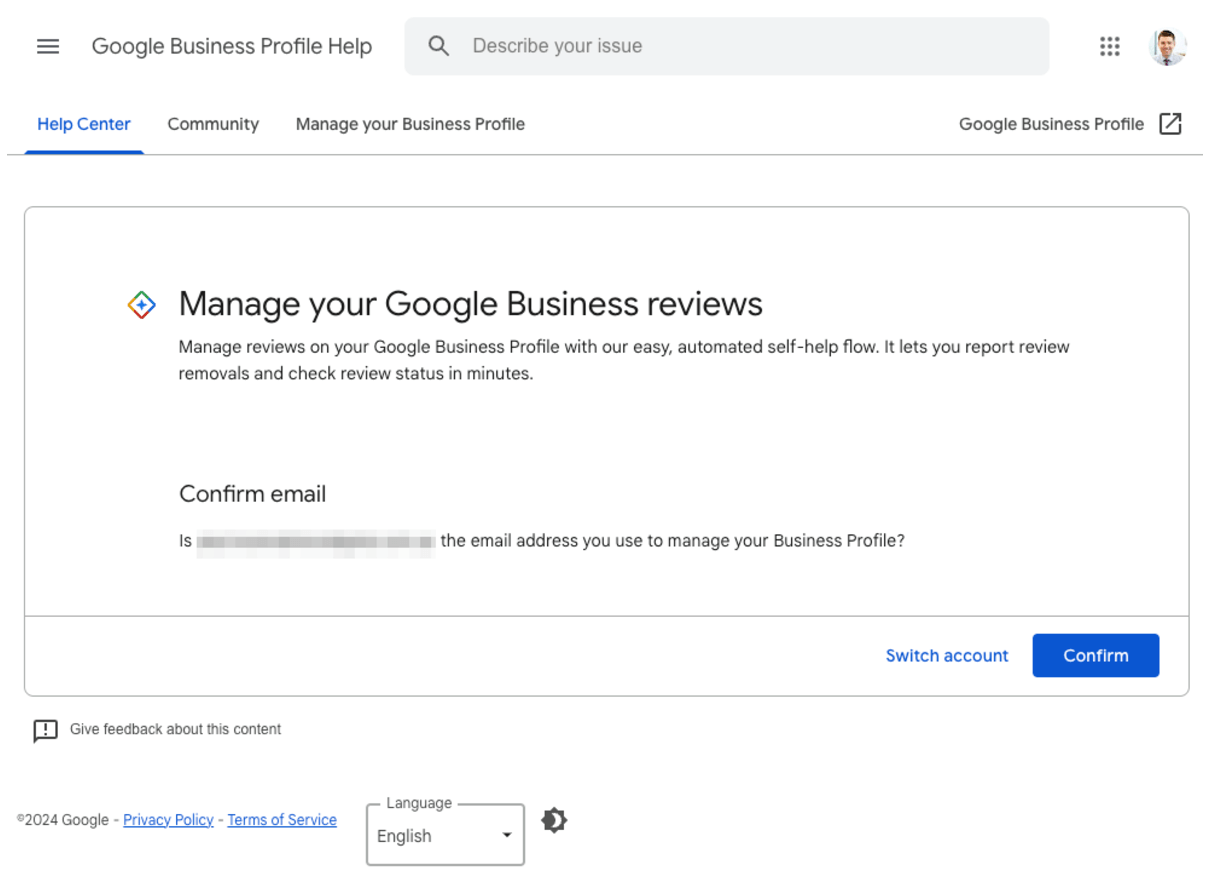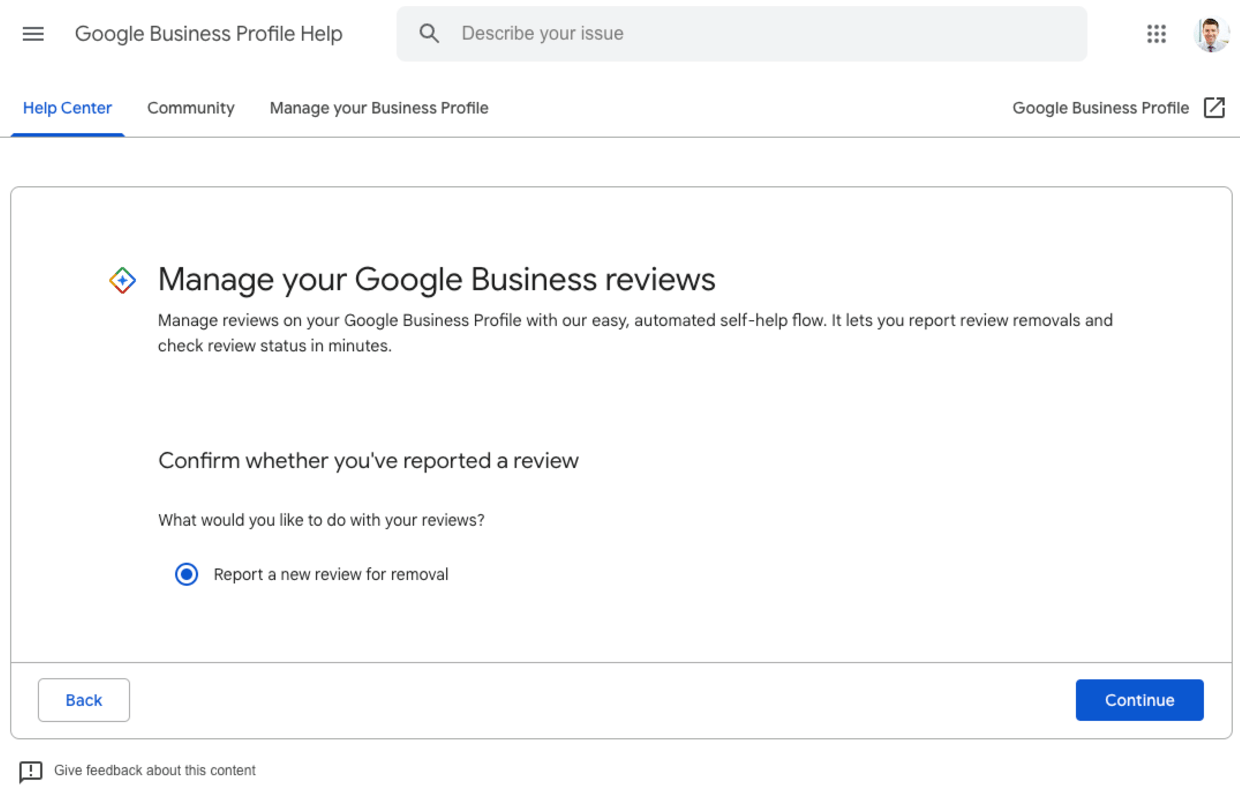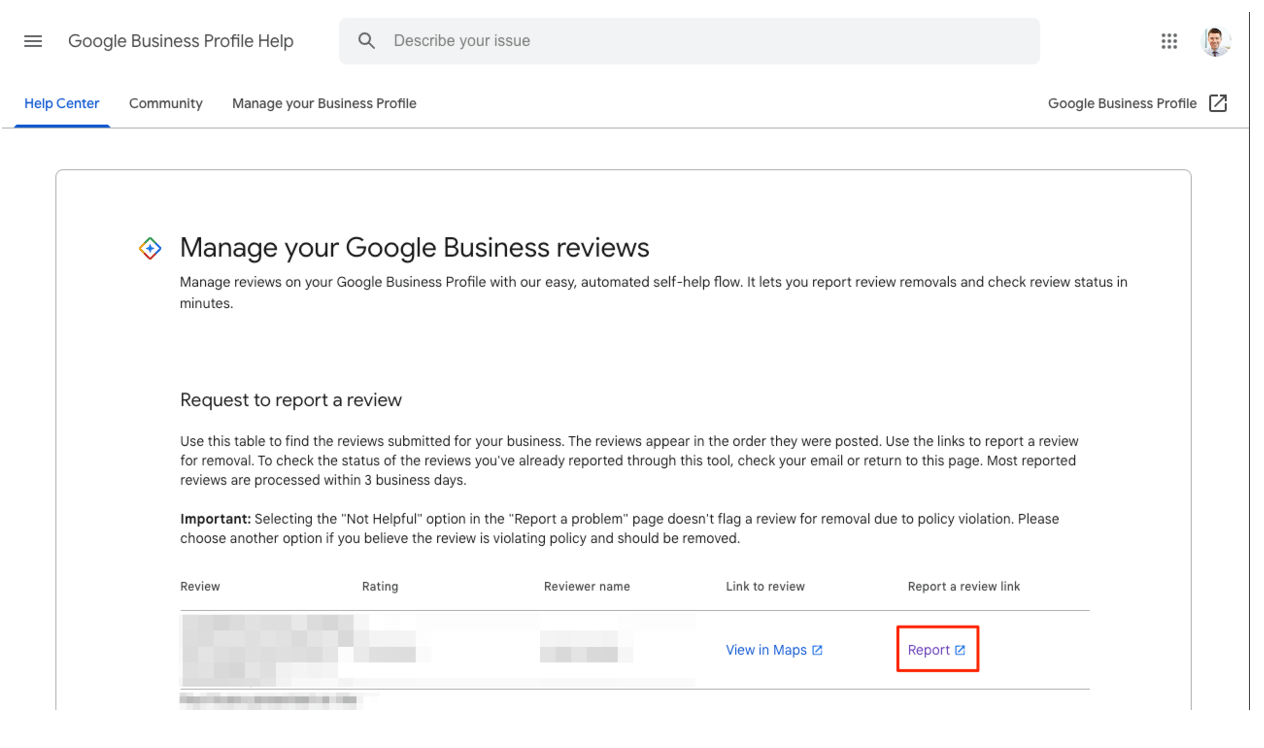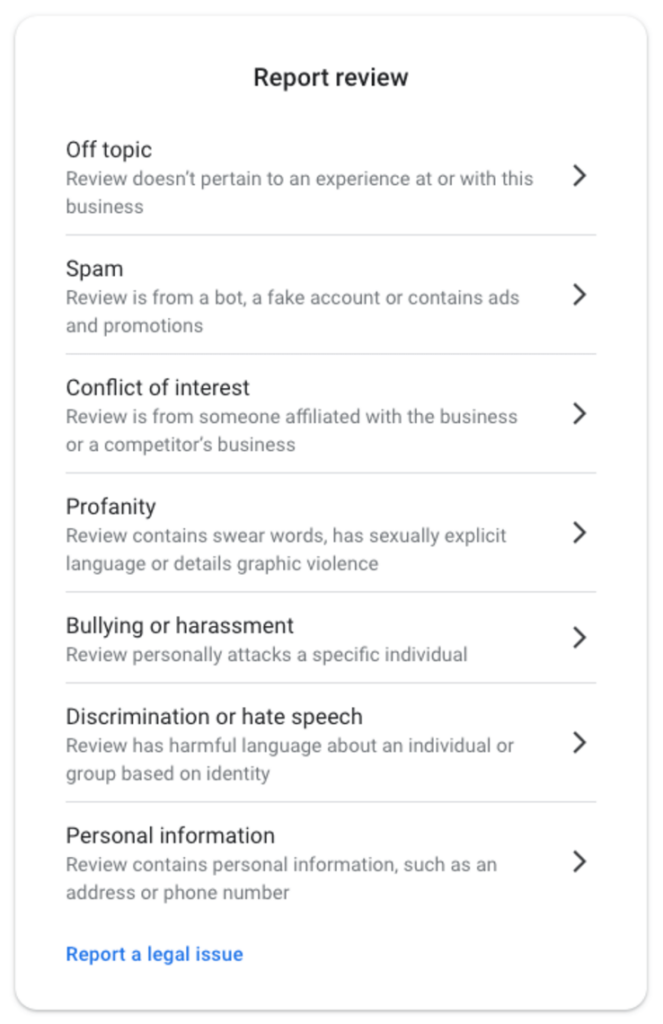This comprehensive guide will walk you through effective strategies for handling and removing unfair Google reviews targeting your law firm.
This guide is based on a live training session conducted for law firm marketers and partners. You can watch the full recording of the session below:
Do Google Reviews Matter For Law Firms?
The short answer is: absolutely.
Google Reviews have become a critical touchpoint in how potential clients discover and evaluate law firms. When someone receives a referral to a lawyer or law firm, their first instinct is typically to look them up online before making contact.
Our observation finds strong backing in Google Analytics data. Law firm name searches consistently generate one of the largest traffic sources to law firm websites.
What makes Google Reviews particularly important is their prominence in search results. When someone searches for your firm, your Google Business Profile appears prominently on the right-hand side of the results page, with your review rating displayed high up in the panel. This prominence means your star rating is often one of the first things a potential client sees about your firm.
Human behaviour adds another layer of complexity to this situation.
Negative reviews draw people in – human nature makes us curious about what went wrong. Therefore, a small number of negative reviews creates an outsized impact on first impressions.
While having a less-than-perfect rating isn’t necessarily a deal-breaker, it can create a negative first impression and potentially influence potential clients to choose competitors with better ratings.
Common Types of Unfair Reviews
Valid Non-Representation Reviews
These come from individuals who were never actually clients because:- Their case lacked merit
- They couldn’t afford the legal services
- The matter was outside your practice areas
- There was a conflict of interest
- The case didn’t meet the minimum damage thresholds
Misunderstanding of Legal Processes
Reviews from clients who:- Don’t understand legal procedures or timelines
- Are frustrated by court decisions beyond your control
- Express anger about opposing counsel’s legitimate tactics
- Expected guaranteed outcomes (which are impossible to provide)
No Formal Engagement
Reviews from:- People who only had initial consultations
- Individuals who never actually worked with your firm
- Those who disliked your professional opinion
Opposing Parties
Reviews from:- The opposing side in a dispute
- Family members in divorce or separation cases
- Opposing businesses in commercial matters
External Factors
Negative reviews based on:- Court delays
- Government processing times
- Costs beyond the firm’s control (court fees, barrister fees)
- Judge’s decisions or verdicts
Irrational or Delusional Reviews
Reviews that:- Contains incoherent or rambling content
- Make illogical connections
- Show clear signs of being unreasonable or irrational
Unfair Review Removal Strategies
Strategy 1: Contact the Reviewer Directly
While this might be the least comfortable option, directly contacting the reviewer is often the most effective strategy. This approach bypasses the need for third-party involvement and can lead to quick resolution.
Why It Works:
- Allows for direct dialogue and understanding
- Provides an opportunity to explain your perspective
- Often reveals misunderstandings that can be cleared up
- It gives you a chance to remedy legitimate concerns
- Avoids the uncertainty of Google’s review process
How to Approach It:
- Make a phone call if you can identify the reviewer
- Maintain a calm, professional tone
- Listen to their concerns first
- Explain your perspective clearly
- Ask politely for review removal if appropriate
- Document all communication attempts and outcomes
For cases where direct contact isn’t possible or has failed, consider having a lawyer send a formal letter, mainly if the review violates terms of service or laws.
Strategy 2: Report it to Google
Many businesses default to using the basic ‘Report a review’ feature that appears when you click on a review in your Google Business Profile. However, this basic reporting method should be avoided as it offers no visibility into the process, no way to track the status of your report, and, crucially, no ability to appeal if your report is rejected.
Google’s Reviews Management Tool has given businesses far more power when handling problematic reviews.
This comprehensive tool offers significant advantages over the basic reporting system and should be your primary strategy when direct contact isn’t possible or successful.

Key Advantages of Google’s Review Management Tool
- Status Tracking
- Clear visibility of where your report stands
- Real-time updates on the review status
- Ability to see if reviews have been approved for removal
- Track multiple review reports simultaneously
- Ability to Appeal
- Opportunity to provide additional context
- Ability to submit supporting evidence
- Clear guidance on policy violations
- One comprehensive appeal opportunity
The appeal process is a crucial part of using this tool effectively. We’ll explore the specifics of crafting a compelling appeal later in this guide, as it deserves careful attention and a thorough understanding of Google’s content policies.
Using the Tool Effectively:
Initial Setup
- Click the link to access the Review Management Tool: https://support.google.com/business/workflow/9945796
- Follow the prompts to confirm your email address
- Select the correct Google Business Profile account you want to manage
- You’ll then see a list of all reviews for your business
Identify the Review to Report
- Locate the problematic review in the list
- You’ll see the review content, reviewer’s name, and a direct link to the review
- Each review will have a ‘Report’ button next to it


Reporting Process
When you hit the report button, Google will present you with two main options:
Option 1: Terms Violation
This is the most common and typically most successful route. The tool provides several violation categories:
- Off-topic content
- Spam
- Conflict of interest
- Profanity
- Bullying or harassment
- Discrimination or hate speech
- Personal information

Reviewing Google’s comprehensive policy on prohibited and restricted content is essential when reporting a violation.
Key Tip: Choose the violation category that you can most comprehensively support with evidence.
Option 2: Legal Issues
This option should be reserved for serious legal violations such as:
- Defamation
- Intellectual property infringement
- Court-ordered removals
Note: We cannot provide advice on Option 2
The Appeal Process
If your initial report is denied, you have one opportunity to appeal. Make it count by:
- Providing new, relevant information
- Including supporting documentation
- Linking to evidence (using secure file sharing)
- Focusing on specific policy violations
- Writing clear, professional explanations
We recommend using our ChatGPT prompt template to assess potential violations systematically.
<INSTRUCTIONS>
<Your task:
- Analyse the review against Google’s prohibited and restricted content policy
- Identify any potential violations
- Explain why specific parts of the review may violate the policy
- Provide a clear yes/no conclusion about whether the review violates the policy>
</INSTRUCTIONS>
<POLICY>
</POLICY>
<NEGATIVE REVIEW>
</NEGATIVE REVIEW>
<OUTPUT>
Please provide your analysis in the following format:
- Initial Review Summary
- Potential Policy Violations (if any)
- Specific Examples from the Review
- Conclusion (yes/no)
</OUTPUT>
Once you receive the initial analysis, you can follow up with additional context to strengthen your case:
<CONTEXT>
[insert your background context here]
</CONTEXT>
<EVIDENCE>
I have included a link with further evidence to support this appeal: [include your secure file-sharing link]
</EVIDENCE>
Using this AI analysis will help you:
- Identify specific policy violations
- Understand which aspects of the review are problematic
- Determine the strongest grounds for removal
- Prepare supporting evidence effectively
- Get an objective assessment of violation likelihood
Remember to include any supporting evidence via a secure file-sharing service like OneDrive, Google Drive, or Dropbox when submitting your appeal to Google.
Best practices for making a successful appeal
- Gather all evidence before submitting
- Use professional, unemotional language
- Be thorough in your first submission
- Keep records of all submissions and responses
Common Pitfalls to Avoid
- Don’t report reviews multiple times
- Don’t make unsupported claims
- Never include confidential client information
- Ideally, don’t wait too long to report violations
Strategy 3: Review Removal Services
While these services exist, they’re generally not recommended as a primary strategy. In our experience using them for clients, their effectiveness has diminished with the introduction of Google’s Reviews Management Tool.
Review removal services tend to be less effective than handling the process yourself. In our experience working with these services on behalf of our clients, we’ve found their success rates average only around 50%.
Handling One-Star Reviews Without Commentary
When facing one-star reviews without commentary, you’re dealing with one of the most challenging negative reviews. Here’s how to handle them effectively:
- Investigate the Review Pattern
Before taking any action, conduct a thorough review investigation:- Click through to the reviewer’s profile and examine their review history
- Look for patterns of leaving one-star reviews across multiple businesses
- Pay special attention if this is their first and only review
- Check if they’ve left multiple reviews in a short timeframe
This investigation can provide valuable context for a potential removal request. Finding patterns of suspicious behaviour, such as various first-time negative reviews or a history of only leaving one-star ratings, could strengthen your case for removal under Google’s fake engagement policies.
- Craft a Professional Response
The way you respond to these reviews matters significantly. Your response should:- Maintain a professional and welcoming tone
- Acknowledge that you have no record of their business
- Express openness to discussing their concerns
- Include clear contact information
Here’s an effective template:
“We have no record of working with you but would welcome the opportunity to discuss your experience and make things right. Please contact us at [phone number] or [email address]. – [Name], [Position]”
This type of response shows other potential clients that you:- Take feedback seriously
- Respond to all reviews professionally
- Are willing to engage in dialogue
- Have proper client record-keeping processes
- Build a Positive Review Strategy
While working on removing negative reviews, it’s crucial to build up your positive review base:- Develop a systematic approach to requesting reviews from satisfied clients
- Make the review process as easy as possible for clients
- Consider implementing a follow-up system for completed matters
- Focus on maintaining consistent, quality service to naturally encourage positive reviews
A high four rating can appear more authentic than a perfect 5.0. Aim for a strong overall rating (4.5+), but don’t be overly concerned about maintaining a perfect score.
Moving Forward
While unfair Google reviews can be challenging, they don’t have to permanently damage your firm’s reputation. You can effectively manage your online reputation by understanding the various types of unfair reviews, knowing your removal options, and implementing preventive strategies.
Remember that maintaining a perfect 5-star rating isn’t necessary – a rating in the high fours can appear more authentic. Focus on providing excellent service, managing client expectations, and addressing concerns promptly. When unfair reviews do appear, take a measured, strategic approach to removal while continuing to build your positive review base.
By following these guidelines and maintaining professionalism throughout the process, you can protect your firm’s online reputation while continuing to serve your clients effectively.
Remember: This guide provides general information and should not be considered legal advice. Always consult appropriate legal counsel when dealing with potentially defamatory content or considering legal action.
Free Resources
- Live Training slide deck: Let’s Tackle Those Unfair Google Reviews Targeting Your Law Firm (You Know The Ones) – View here
- ChatGPT Prompt for Reporting an Unfair Google Review – View here
- Manage reviews on your Google Business Profile with Google’s easy, automated self-help flow – View here
- Google’s policy for prohibited and restricted content – View here
Stay Connected
Every week, we run live training sessions focused on practical marketing strategies for law firms. Each session includes downloadable resources and live Q&A opportunities.
Don’t miss out on these valuable insights – subscribe to our email invitation list on our website.

Paul Evans is a legal marketing expert with extensive experience helping lawyers build their practices.



